Torch was the code name of the joint Anglo-American invasion of French North Africa in World War Two. These colonies had become the object of fighting when, following the Fall of France in 1940, British forces made repeated attempts at preventing Nazi Germany from seizing the French fleet stationed in African ports. Their efforts ultimately led to Operation Catapult (the attack on Mers-el-Kébir), which gave rise to considerable hostility between Great Britain and France.
The British and Americans commenced the invasion in November 1942, soon after the Afrika Korps was defeated in the Second Battle of El Alamein and forced to withdraw into Libya. Their objective was to occupy French North Africa and thoroughly eliminate all German influence, thereby leaving Vichy Government forces with no choice but to side with the Allies. Diplomatic initiatives and plans for a coup d’état that would be supported by the French Resistance proved unsuccessful, and in consequence the fighting raged for a number of days. It was ended when Admiral Darlan, the Vichy French commander, agreed to a cease-fire.
Allied Invasion of the North Africa, November 1942. Map – wikipedia.
The Allied Landings in North Africa
The main American battle group – the Western Task Force, which included the aircraft carrier USS Ranger – attacked Casablanca, a city that only three weeks later gained undying fame through the film of the same name, starring Humphrey Bogart. Other groupings landed at Oran (the Central Task Force) and Algiers (the Eastern Task Force, under British command).
Western Task Force, Task Force 34
USS Ranger CV-4
- Air Group 9, 1 TBF-1 Cdr D.B. Overfield
- VF-9, 27 F4F-4, Lt Cdr John Raby
- VF-41, 27 F4F-4, Lt Cdr Charles T. Booth II
- VS-41, 18 SBD-3, Lt Cdr L.P.Carver
USS Suwanee ACV-27
- VGF-27, 11 F4F-4, Lt Cdr T.K. Wright
- VGS-27, 9 TBF-1, Lt Cdr M.A. Nation
- VGF-28, 12 F4F-4, Lt Cdr G.I. Bandy
- VGS-30, 6 F4F-4, Lt Cdr H.P. Bagdanovith
USS Sangamon ACV-26
- VGF-26, 12 F4F-4, Lt Cdr W.E. Ellis
- VGS-26, 9 SBD-3, Lt Cdr J.S. Tracy
USS Santee ACV-29
- VGF-29, 14 F4F-4, Lt Cdr John Thomas Blackburn
- VGS-29, 9 SBD-3 & 8 TBF-1, Lt Cdr Joe A. Ruddy
The North African landings were the second American seaborne invasion of 1942, following the attack on the Solomon Islands in August. By November of that year, the battles for Guadalcanal were reaching their climax, and all of the US Navy’s strike aircraft carriers but one were either fighting in the Solomons or undergoing repairs. The USS Ranger was the smallest of the strike carriers, and for the first time it was accompanied by three escort carriers. The main force became involved in an aerial and sea battle for Casablanca. Aeroplanes from USS Ranger shot down a dozen or so Vichy aircraft, while two battleships – the French Jean Bart and USS Massachusetts – exchanged artillery fire. In comparison, the fighting which took place south of Casablanca in the city of Safi, which was attacked by a group comprising, among others, the USS Santee, may appear less significant. It was, however, a baptism of fire for the carrier and its fighter squadron, VGF-29, which was led by Lt(N) John Thomas “Tommy” Blackburn, who went on to gain fame as a fighter ace and naval aviation commander.
VGF-29 Fighter Squadron – Operation Torch
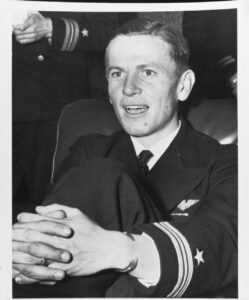
When he was appointed commander of VGF-29, John Blackburn was already an experienced pilot, and indeed relatively old by Navy standards: he was 30 years of age and had graduated from the United States Naval Academy in Annapolis in 1933. The beginning of the war found him serving as a piloting instructor, and he had to make considerable effort in order to get posted to a combat unit. In July 1942, he was very luckily assigned to a new-created fighter squadron that was being readied for service on the aircraft carrier USS Santee (ACV-29), and duly promoted to Lt Cdr.
Blackburn started by ensuring that his unit was kept out of sight of headquarters staff, as he did not want his pilots to take part in inspections and demonstration flights, which, in his opinion, would draw their attention away from flight training. He had very little time to make his mark, however, for just three months later the squadron, equipped with 14 F4F-4 Wildcat fighters, was embarked on the carrier and sent to Casablanca.
Lt. Cmdr. John Blackburn, 1944. Photo: National Archives.
Its initial combat operations were marked by a series of unfortunate coincidences – a soldierly streak of bad luck. On 25 October, an SBD Dauntless bomber lost its depth bomb while taking off for a combat patrol. Although the projectile exploded in the sea, it did cause some damage to the ship, most notably to the radio direction finder and the YE “Hayrake” antenna. This was to impact the success of missions undertaken by the Wildcats on the opening day of the operation.
The USS Santee was tasked with providing cover for the landings of the 47th Infantry Regiment (from the 9th American Infantry Division) and sub-units of the 2nd Armored Division at Safi, 200 km south-west of Casablanca. The operation was code-named Blackstone.
USS Santee flightdeck during Operation Torch, with VGS-29 SBD Dauntless bombers and VGF-29 F4F-4 Wildcat fighters. Notewworty are yellow outlines of fuselage stars. Carefuly observer can spot thin yellow outlines on underwing stars on Wildcat’s folded wings. On the top of mast infamous YE “hayrake” antenna is visible. US Navy official photo, National Archives.
The First Day of Fighting
On Sunday, 8 November 1942 – the first day of fighting – VGF-29 suffered enormous losses … without the enemy playing any part. The day’s objective was for the 47th Regiment to capture Safi through a sea landing.
The Wildcats commenced a combat patrol over the landing force at 5:45. At 6:21, they were joined by six TBF-1 Avenger bombers which were to provide air support for the infantry. This was not required, however, as land operations proceeded on the whole uneventfully, and the most dramatic event of the day proved to be the fighters’ unsuccessful attempts at landing on the aircraft carrier. Reports concerning aircraft lost leave the overwhelming impression that many flyers were let down by their technique – either that of radio direction finding or piloting. They simply did not know how to return to their aircraft carrier, and were forced to land at chance locations when their fuel ran out.
Wildcats and Dauntless in the mud of Mazagan airfield. Photo: US Navy, National Archives.
List of Losses for 8 November
- F4F-4 Wildcat #11767/29-GF-A, piloted by Lt (j.g.) George N. Trumpeter, who left formation over Safi at 7:45 following an oil leak and in all probability got lost. Last heard over the radio at 9:10, Lt Trumpeter crashed 16 miles south of Casablanca, dying the death of a pilot. He had gone off course by nearly 200 km!
- F4F-4 Wildcat #03511/29-GF-1, flown by the unit’s commander, Lt Cdr John T. Blackburn, splashed down at 8:30 after running out of fuel some 70 km north-west of Safi. Misled by the indications of his radio direction finder, the aviator became disoriented over the sea during a storm. He was recovered by the destroyer USS Rodman after 63 hours.
- F4F-4 Wildcat #03512/29-GF-10, operated by Ens. Joseph M. Gallano, crashed due to damage sustained during take-off. Having lost its tail section, the aeroplane was jettisoned from the carrier into the water at 8:17.
- F4F-4 Wildcat #11745/29-GF-4 got stuck in mud and nosed over at Mazagan airfield, where its pilot, Ens. William P. Naylor, became a POW.
- F4F-4 Wildcat #11743/29-GF-6 became stuck in mud and nosed over at Mazagan airfield; the flyer, Ens. Edward Van Vranken, was taken prisoner.
- F4F-4 Wildcat #03462/29-GF-2 nosed over 3 km north of Mazagan airfield and its pilot, Ens. Uncas L. Fratwell, became a POW.
- F4F-4 Wildcat #03436/29-GF-3, having run out of fuel, landed at Mazagan, where the pilot, Ens. Robert W. Peterson, was taken prisoner.
- Two TBF-1 Avengers were lost in take-off accidents.
The aviators detained at Mazagan airfield were released towards the end of the day and duly evacuated to the cruiser USS Philadelphia. At that very time, their commander was bobbing in the Atlantic without a clue as to how his adventure would end. VGF-29 lost 50% of its aircraft but luckily only two pilots: one had perished, while the other – the unit’s commander – had gone missing.
F4F-4 Wildcat #03512/29-GF-10
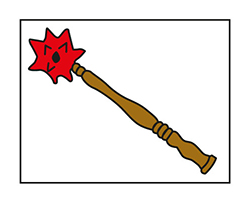 The best known F4F-4 Wildcat from VGF-29 has crash landed on the USS Santee deck in the morning November 8, 1942. Aeroplane was already damaged during take off and its tailplane was lost when tailhook grabbed brake cables. Pilot, Ens. Joseph M Gallano was saved, but aeroplane was jettisoned immediately. Noteworty is squadron insignia, battle-mace, on white rectangle. It is usually ommited in colour profiles and decals. Aeroplane is mistakenly attributed to Ens. B. D. Jasquesi or Lt. Cmdr. John Blackburn. Underwing stars had yellow outline too, it was an identification feature for ground forces.
The best known F4F-4 Wildcat from VGF-29 has crash landed on the USS Santee deck in the morning November 8, 1942. Aeroplane was already damaged during take off and its tailplane was lost when tailhook grabbed brake cables. Pilot, Ens. Joseph M Gallano was saved, but aeroplane was jettisoned immediately. Noteworty is squadron insignia, battle-mace, on white rectangle. It is usually ommited in colour profiles and decals. Aeroplane is mistakenly attributed to Ens. B. D. Jasquesi or Lt. Cmdr. John Blackburn. Underwing stars had yellow outline too, it was an identification feature for ground forces.
Artwork Zbyszek Malicki/Arma Hobby. Photos: US Navy/National Archives.
Two colour pictures of USS Santee deck. In the background is F4F-4 Wildcat #03512/29-GF-10. It’s BuNo #03512 is visible on tailplane and number is duly visible 10 on the front cowling.
From the 70047 Grumman F4F-4 Wildcat Expert Set kit you can also build #03511/29-GF-1 aeroplane in Lt. Cmdr John Blackbourn colours. You only need to cut white zero from tactical numbers and use BuNo 03511 from bonus markings included in the kit. Read more in the kit instruction.
The Second Day of the Campaign
On Monday, 9 November, aircraft from USS Santee took part in combat patrols and anti-submarine operations. The day’s objective was to repulse French forces approaching from the direction of Marrakesh. In the morning, a French DB-7 bomber appeared over Safi, however it was driven off by ship-based anti-aircraft artillery. In the afternoon, six Wildcats flew a patrol over Safi; three of them later took part in an attack on enemy infantry and mechanised columns, destroying 12 vehicles. The other three fighters escorted SBD Dauntless bombers in a raid on the airfield in Marrakesh, and reported having hit 20 vehicles. Three further Wildcats were scrambled to provide close air support, wrecking still more trucks and motorcycles. No carrier-based aircraft were lost that day.
The Final Day of Fighting Over Africa
From the morning of 10 November, aeroplanes from the aircraft carrier USS Santee were engaged in providing support for ground units in the vicinity of Bou Guedra. It was from there that Combat Command B of the 2nd Armored Division intended to launch an assault at 9:00 in the direction of Mazighen and thence towards Casablanca. French Potez 63.11 reconnaissance aircraft from GR I/52 appeared in the vicinity of Safi. Six Wildcats from VGF-29 flew to provide support for advancing infantry, while Ens. B. D. Jasques shot down the Potez of Lt Serall (no. 792, which had been previously damaged by anti-aircraft artillery), however erroneously reporting it as a Bloch MB.174. This was the sole “kill” scored by the squadron in the North African campaign. A few minutes past 16:00, three F4F-4s improved this modest score by destroying some aeroplanes parked at Chichaoua airfield. Although their bombs missed, they reported that a strafing run resulted in the destruction of five bombers and an observation aircraft, while the remainder were damaged.
On 10 November, in line with the agreement reached between American General Mark Clark and Admiral Darlan, a cease-fire came into force and the fighting around Safi died down.
Losses Incurred on 10 November
- F4F-4 Wildcat #03514/29-GF-8, which had to make a forced landing at Safi due to an oil leak. Pilot Ens. William E. White.
- F4F-4 Wildcat #03488/29-GF-P, which nosed over during a forced landing at Safi. Pilot Ens. Alfred J. Fecke.
Lt. Cmdr. John Blackbourn transported to the USS Santee in a “coal sack” from
Aftermath of the Battle
The occupation of French North Africa gave the Allies a base of operations from which to continue the attack against and ultimately destroy German and Italian forces in Africa (May 1943), and thereafter invade Sicily (July 1943). Two months later, Casablanca hosted the US President, F. D. Roosevelt, British Prime Minister W. Churchill, and the leader of the Free French, General Charles de Gaulle. During their conference it was agreed, among others, that the objective of the war was to bring about the unconditional surrender of the Axis Powers.
After languishing in the sea for three days, Lt Cdr John Blackburn was rescued by a destroyer. He was taken back to the aircraft carrier after being secured in a sack strung on a line, all the time unsure how his accident would be appraised. Luckily, he received a warm welcome from both command and colleagues. Nevertheless, he was forced to spend some time in hospital, for his soaked legs had become infected with gangrene. On 1 January 1943 in Norfolk, he started organising a new fighter squadron, VF-17 – the Jolly Rogers, which gained fame flying the F4U-1 Corsair from the Solomon Islands.
Lt. Cmdr. John Blackburn receives
The aircraft carrier USS Santee spent the next year escorting convoys in the Atlantic. In 1944, it was transferred to the Pacific Ocean theatre, where its aviators distinguished themselves in the battles for New Guinea and the Philippines (31 aircraft shot down, bomb and torpedo damage), and during the Okinawa landings.
English Translation: Maciek Zakrzewski.
FM-2 Wildcat from VF-26, USS Santee, October 20, 1944. Squadron career started in Operation Torch as VGF-26 on the USS Sangamon deck. During Battle of Leyte Gulf unit based on USS Santee deck and claimed 31 aerial victiories with FM-2, second only to VF-27 from USS Savo. Photo – US Navy, National Archives.
Suggested reading
- “A History of the Mediterranean Air War, 1940–1945: Volume Three: Tunisia and the End in Africa, November 1942–1943”
Christopher Shores, Giovanni Massimello, Russell Guest, Frank Olynyk, Winfried Bock. Grub Street Publishers, 2016. - Photos of the USS Santee – US Naval History and Heritage Command – link
- Operation Torch: Invasion of North Africa, 8–16 November 1942 link
- NavSource – USS Santee Photos link
- Lieutenant Commander John T. Blackburn (VGF-29) rescued link
See also:
- F4F-4 Wildcat Expert Set and other model kits in the Arma Hobby webstore
Dywizjon „Świętych” – najskuteczniejsza jednostka Wildcatów US Navy
Modeller happy enough to work in his hobby. Seems to be a quiet Aspie but you were warned. Enjoys talking about modelling, conspiracy theories, Grand Duchy of Lithuania and internet marketing. Co-founder of Arma Hobby. Builds and paints figurines, aeroplane and armour kits, mostly Polish subject and naval aviation.
This post is also available in:
 polski
polski


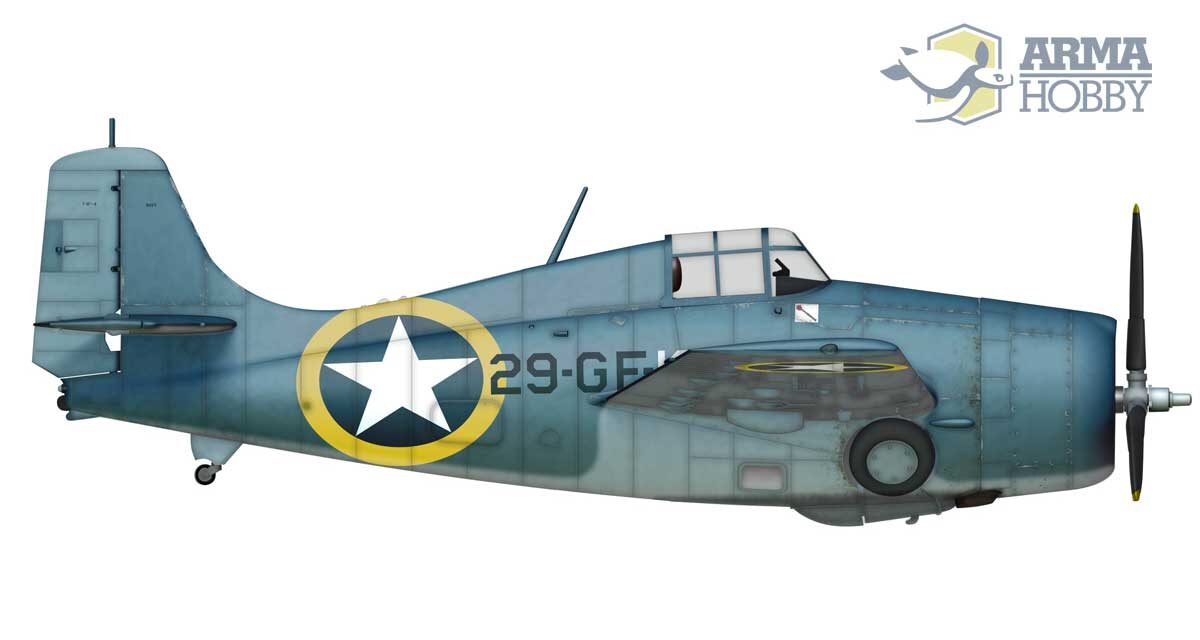
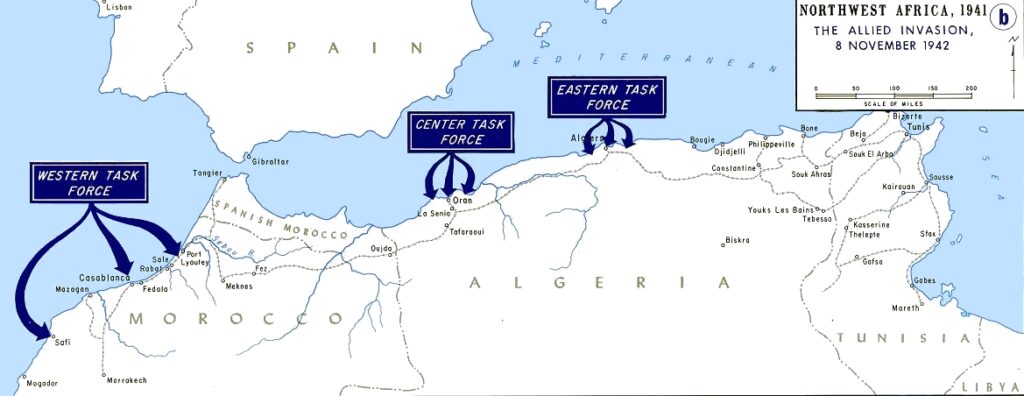
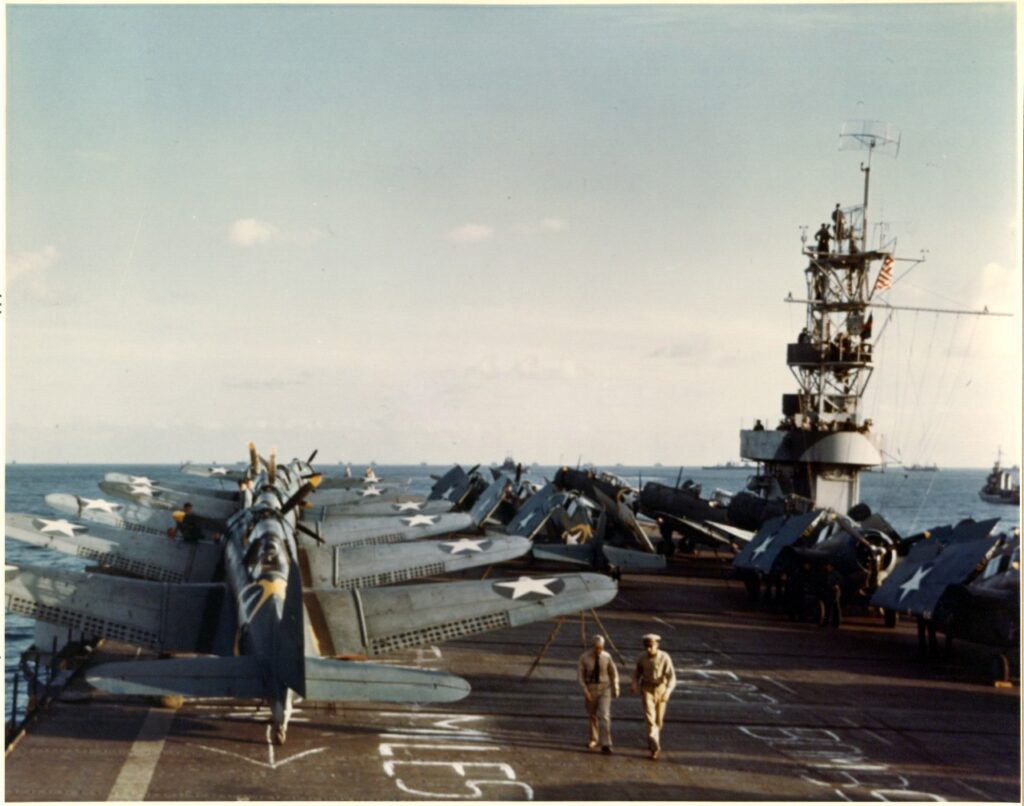
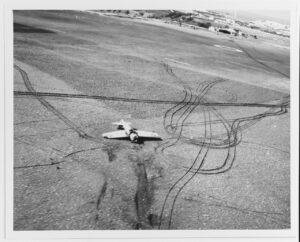


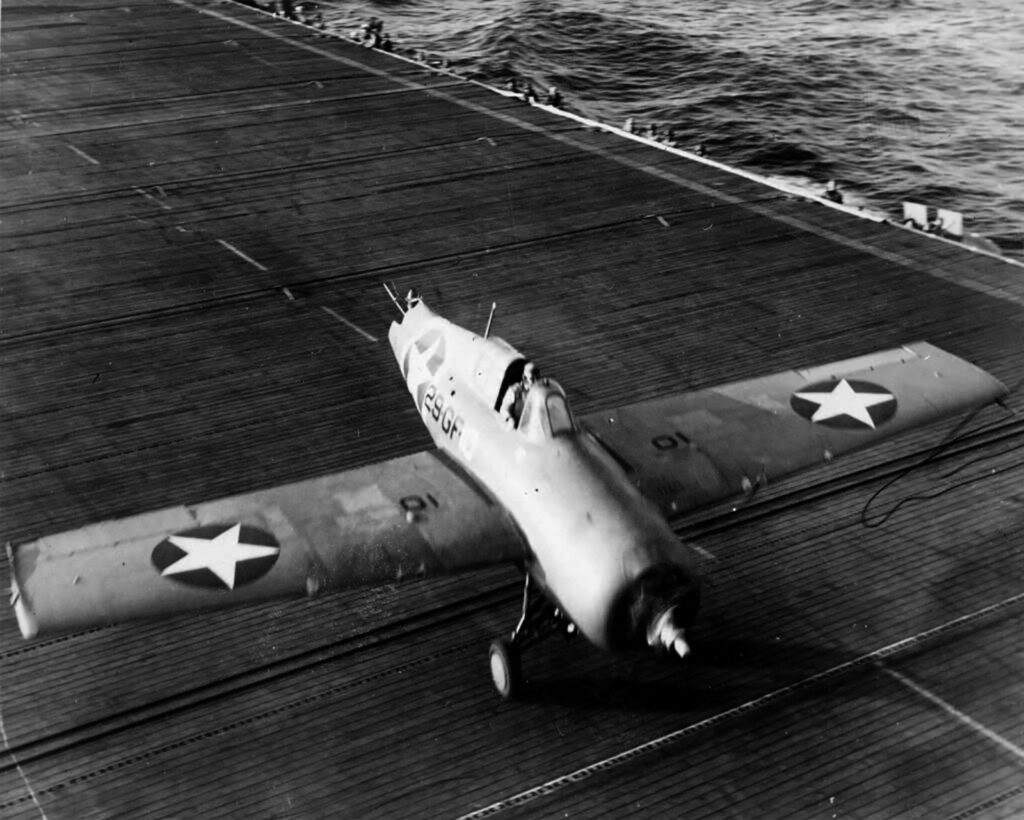
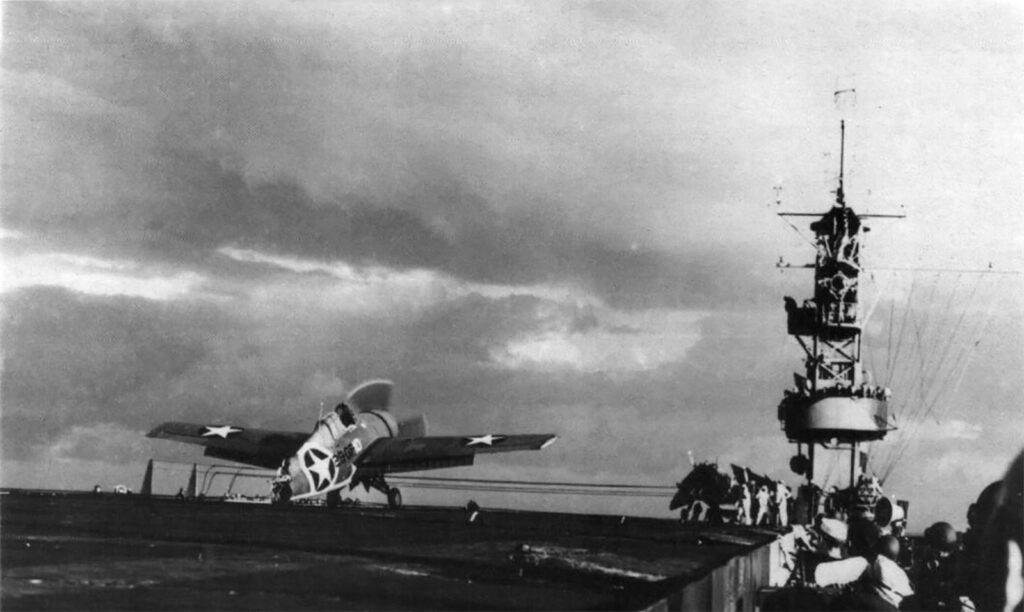
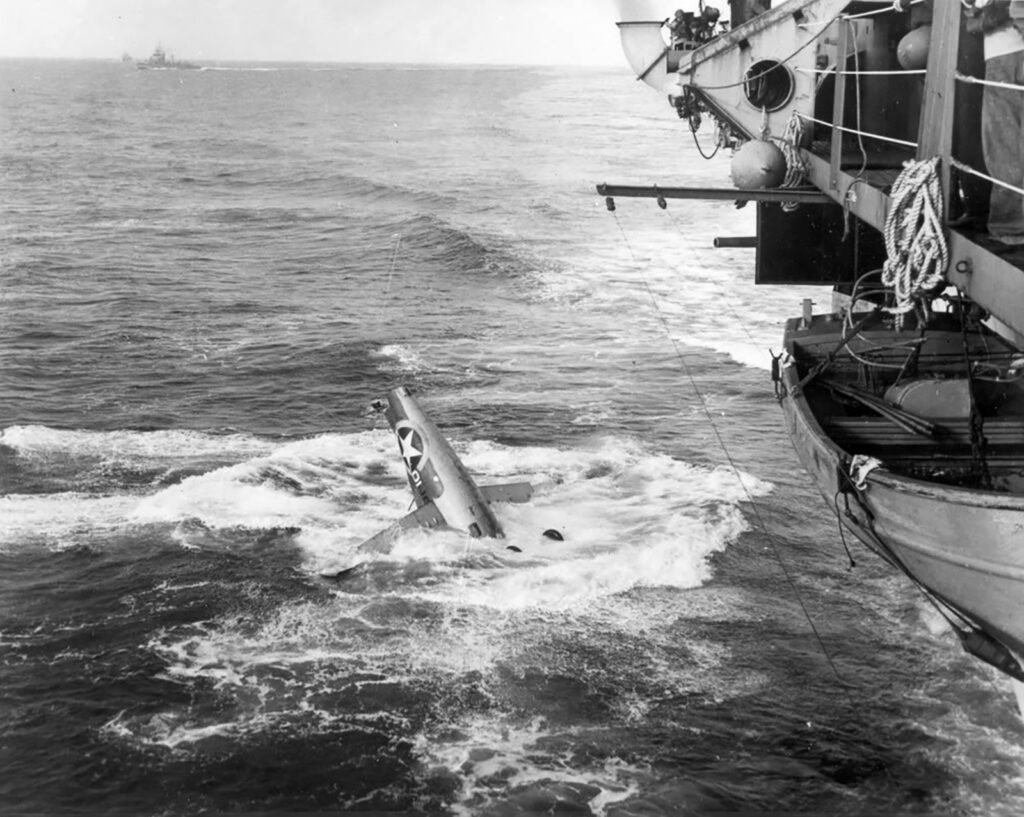
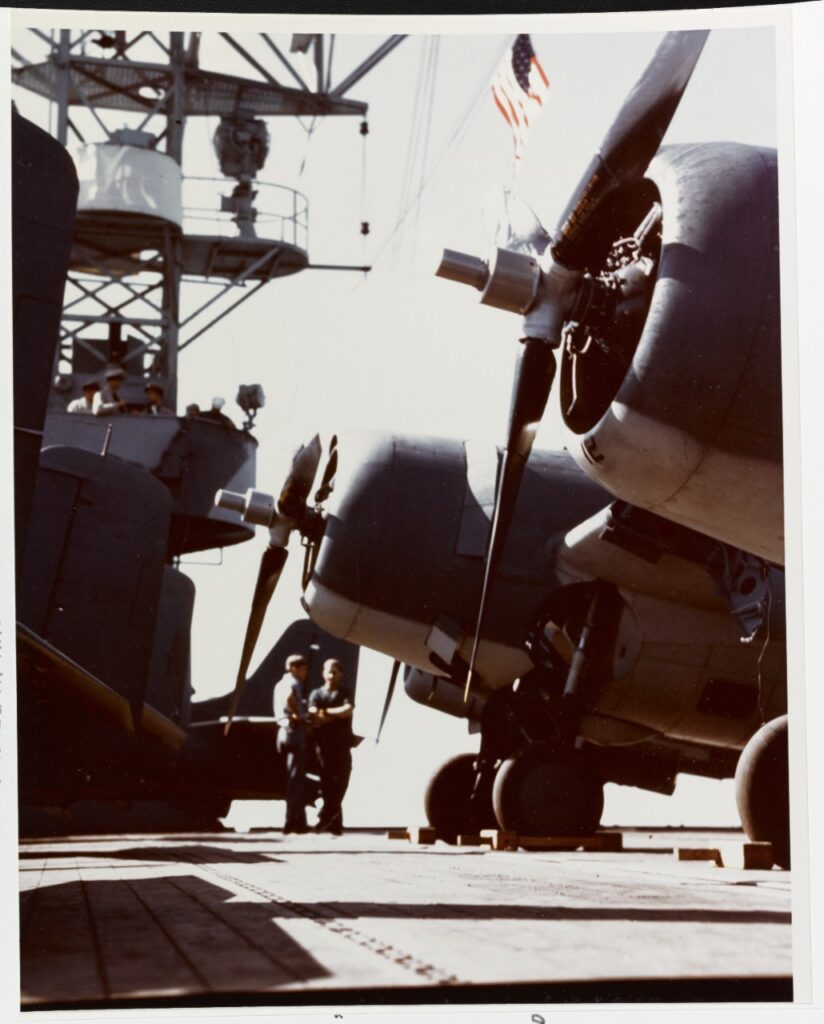

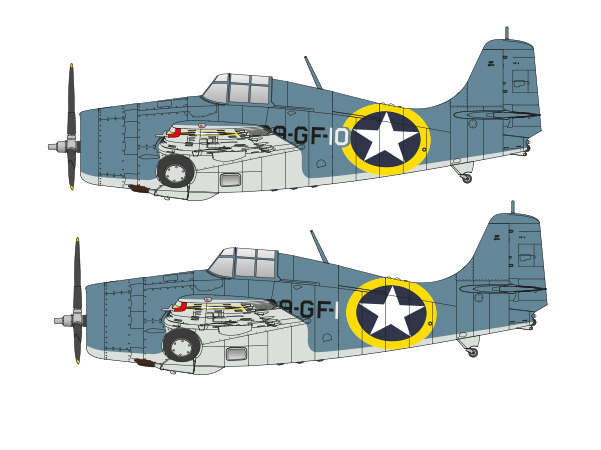
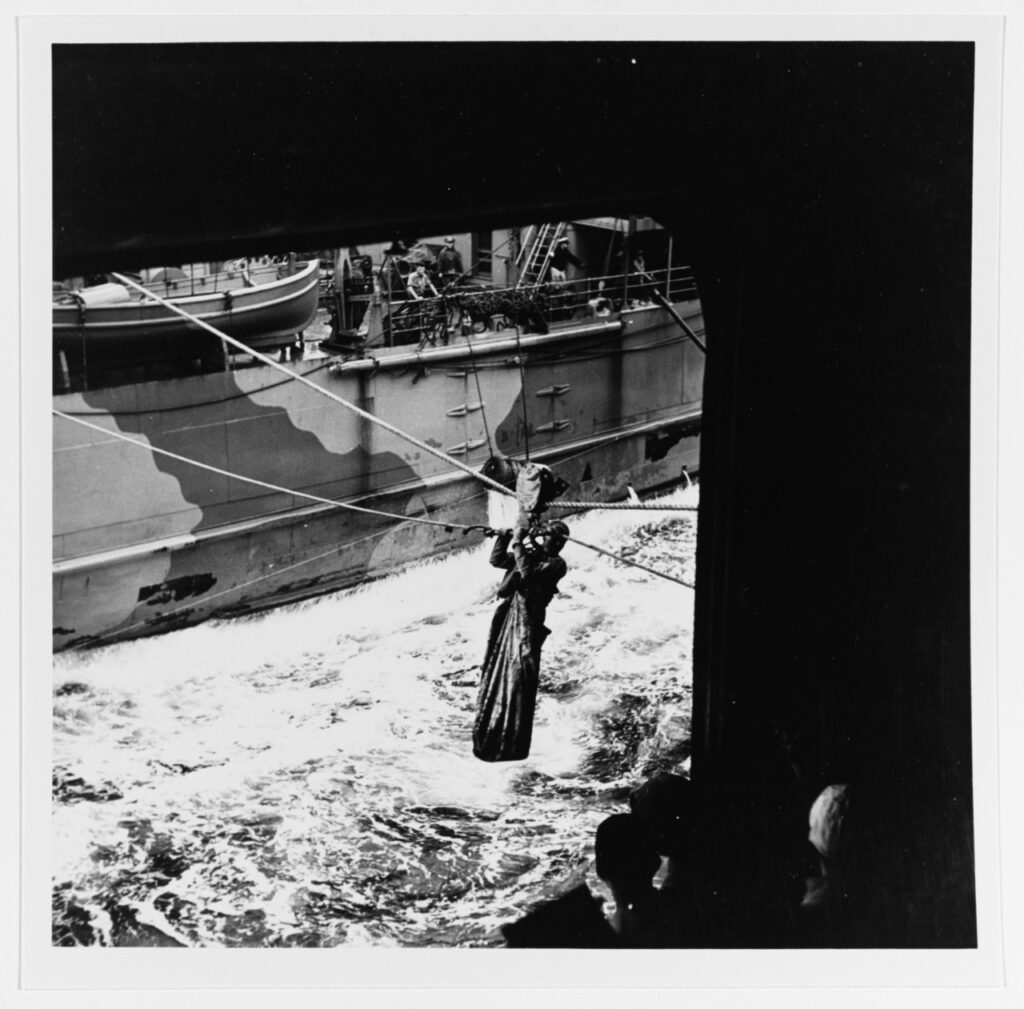
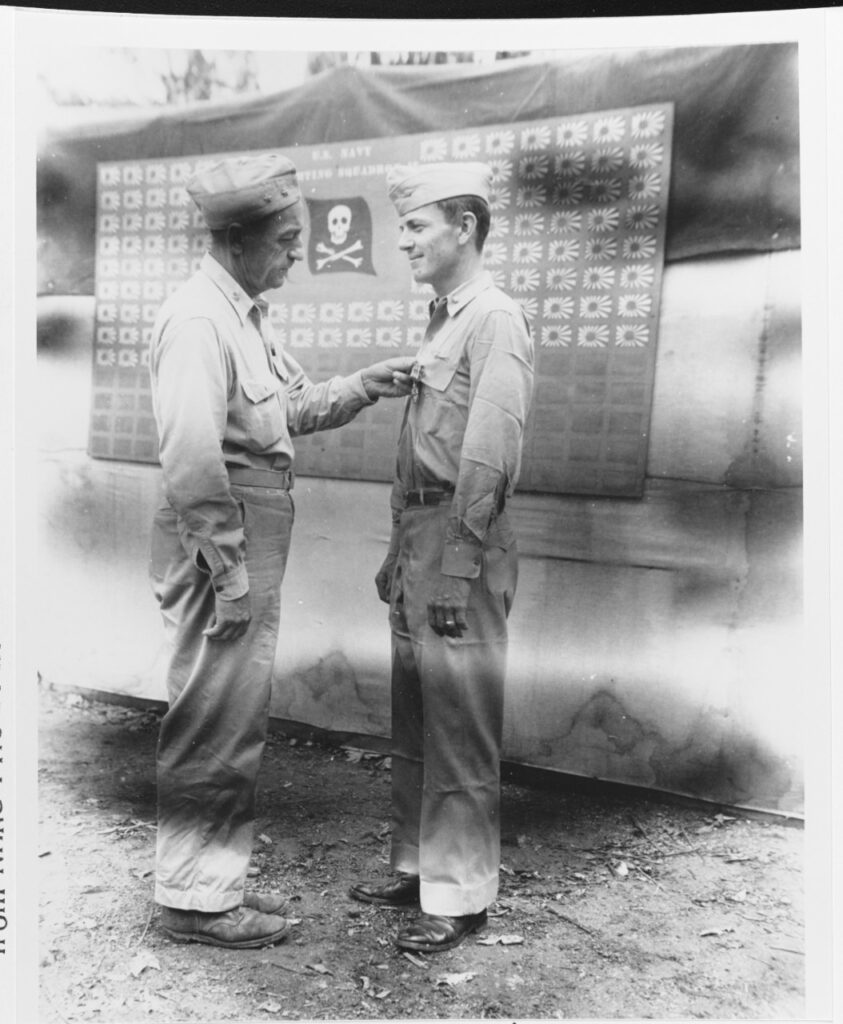
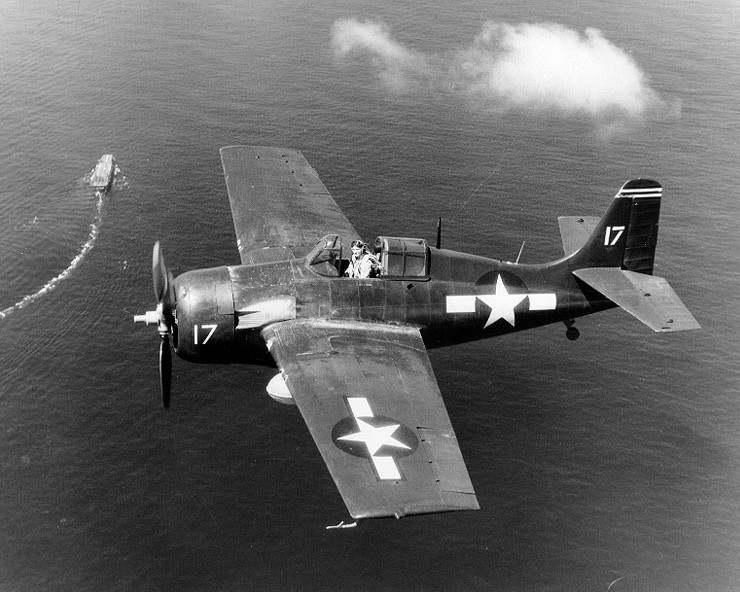

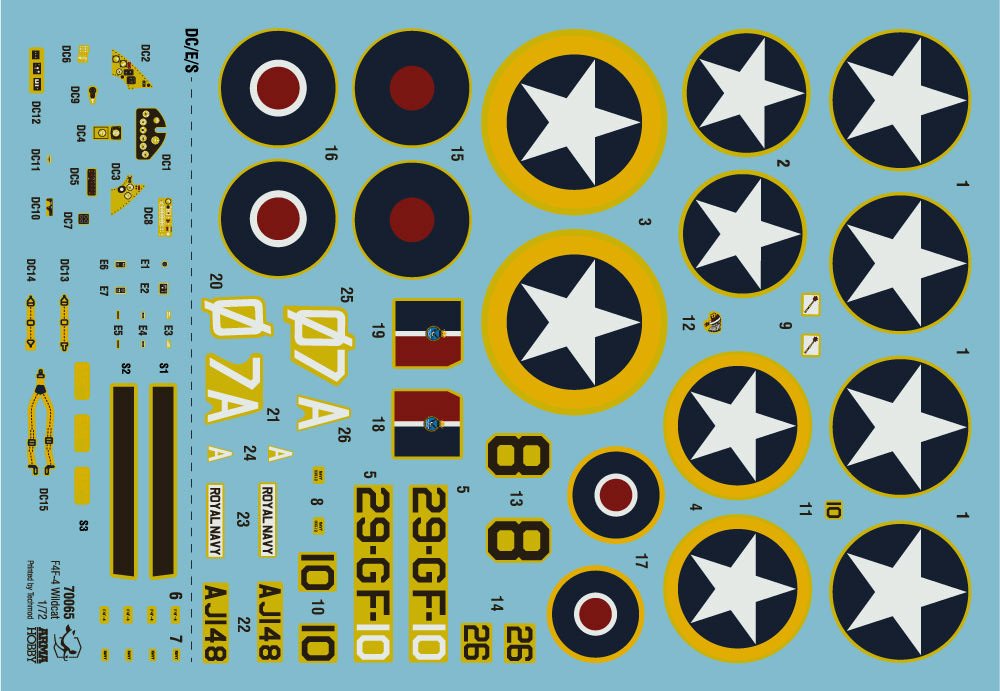
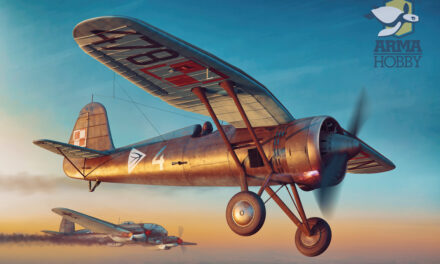

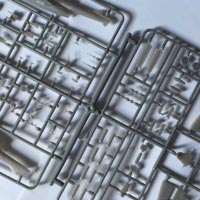
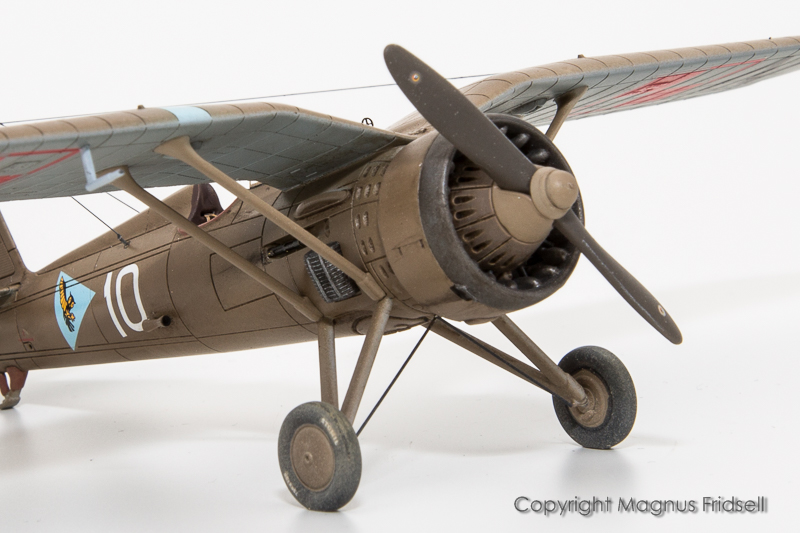
Most informative and impressive research.